
Q: How do you move a 3.5 million-pound bridge?
A: One inch at a time.
For the new Larpenteur Ave. Bridge over I-35E north of St. Paul, Minn., MnDOT used an innovative slide-in-bridge-construction








John Hennessy III,
P.E.






Q: How do you move a 3.5 million-pound bridge?
A: One inch at a time.
For the new Larpenteur Ave. Bridge over I-35E north of St. Paul, Minn., MnDOT used an innovative slide-in-bridge-construction

Minnesota has a national reputation as one of the best states in the county for biking. Part of this acclaim includes hundreds of miles of on-street bike lanes. We talked with pedestrians, cyclists, and motorists in Minnesota in order to identify some common misconceptions about bike lanes. (Produced by the Minnesota Local Road Research Board.)
View this complete post...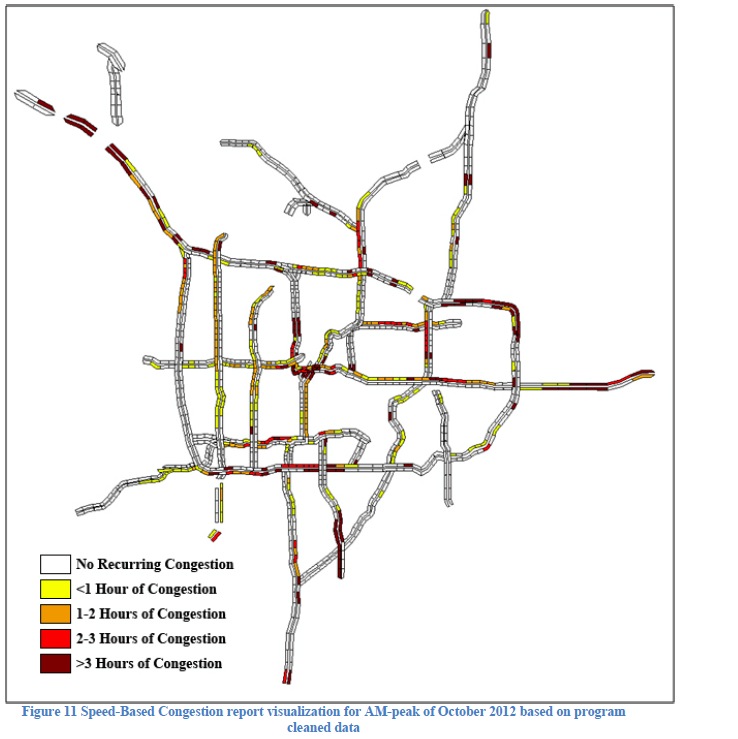
MINNESOTA DEPARTMENT OF TRANSPORTATION
UNIVERSITY OF MINNESOTA DEPARTMENT OF CIVIL ENGINEERING
The Twin Cities freeway network is a densely instrumented and growing transportation system. As the Minnesota Department of Transportation (MnDOT) pursues a performance-based management strategy to monitor the health of the network and make planning and management decisions, the data from this vast network is being examined using a variety of methods.

Minnesota Community Solar is leading a solar revolution. Securing your electricity with solar energy has never been easier or more accessible. All you need is an electric meter and a desire to be the change you wish to see in the world. Visit our website at www.mncommunitysolar.com or call 612.345.7188 to learn more or subscribe.
-Minnesota Community Solar on YouTube
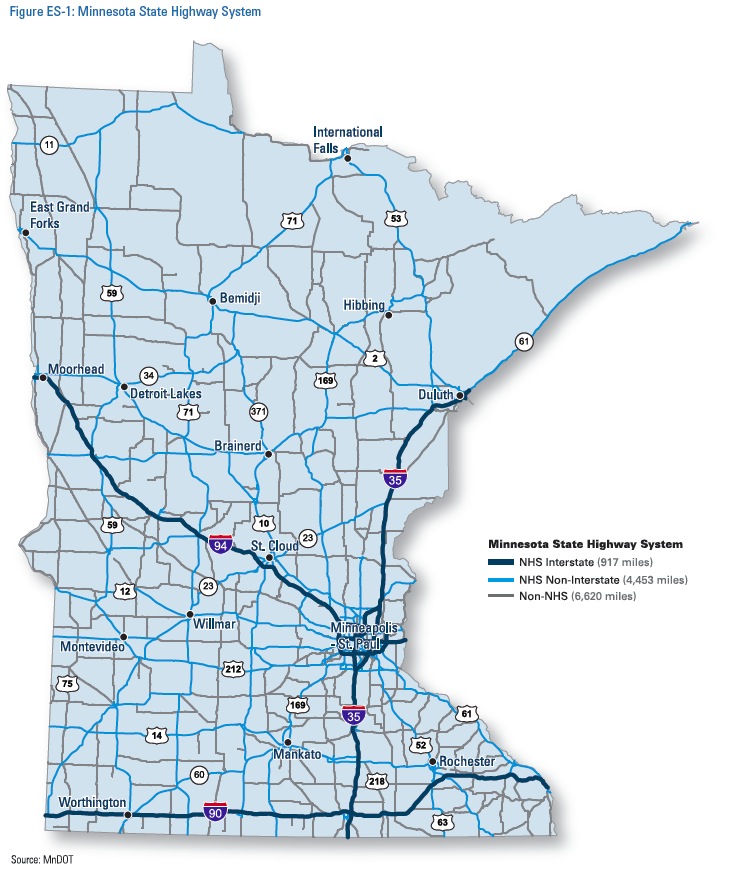
MINNESOTA GO
The Minnesota Department of Transportation (MnDOT) is directly charged with constructing, operating, maintaining, and managing this system, which is 74 percent of the State’s capital assets. The Minnesota 20-Year State Highway Investment Plan (MnSHIP) is MnDOT’s vehicle for deciding and communicating capital investment priorities for the system for the next 20 years. MnSHIP is a fiscally constrained plan, meaning its planned expenditures must align with expected revenues, which total $18 billion. Meanwhile, the projected transportation needs on the state highway system total $30 billion.
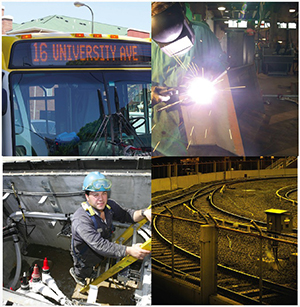
BLUEGREEN ALLIANCE
Minnesota’s infrastructure systems are in urgent need of significant repair. Our state’s roads and bridges, water, waste water, transit, energy, and communication systems need increased investment to become efficient, safe, and productive for Minnesotans. Repairing Minnesota will create good jobs, make our systems more efficient and less polluting, and safeguard communities from the impact of climate change, like severe weather such as floods and droughts.
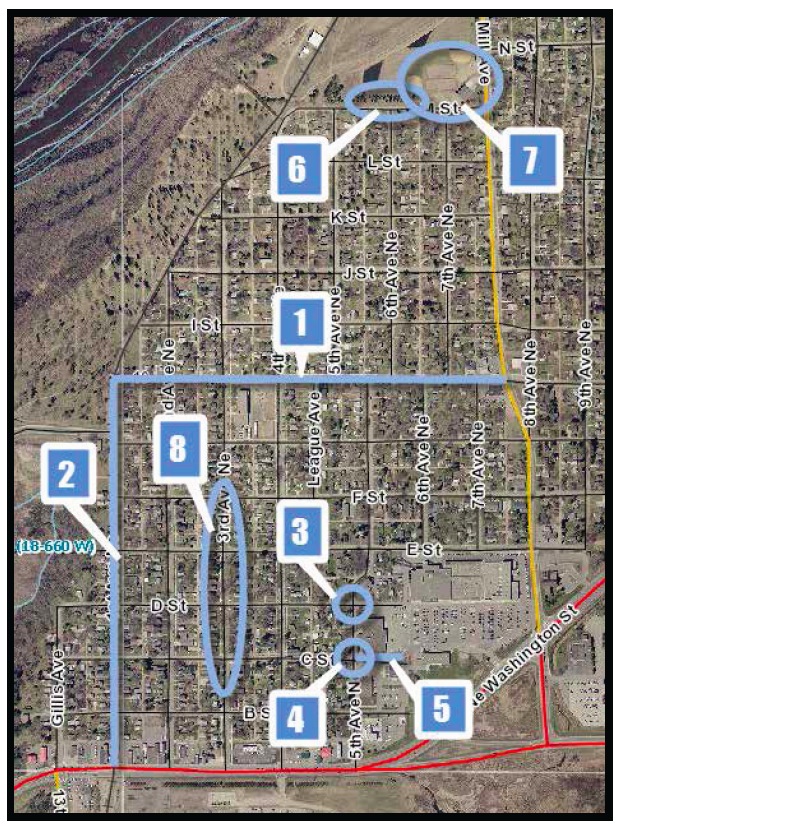
STRONG TOWNS
A BETTER BRAINERD
This report outlines how this community can make small, incremental investments in just one part of one neighborhood. By watching how our neighbors use the city, by asking them where their daily struggles are, by getting out on the street and opening our hearts and minds to what is actually going on, we can discern what the pressing needs are. These are our high return investments.

Fifteen years ago, Powderhorn Lake in Minneapolis was in a dismal state—trash floated on the surface, the shoreline was eroding, and fertilizer and animal waste running off from the surrounding neighborhood caused frequent algae blooms…But today, thanks to the efforts of residents, the city, and other groups, Powderhorn Lake is a poster child for what can happen when citizens and government work together to create change.
View this complete post...
METROPOLITAN COUNCIL
MZ STRATEGIES, LLC
In evaluating its regional solicitation process, the Met Council wanted to know how other regions manage this process, including the extent to which federal highway funds are blended, how preservation and maintenance needs (particularly for transit) are met, and what type of alignment exists between selection criteria and regional policies or goals.
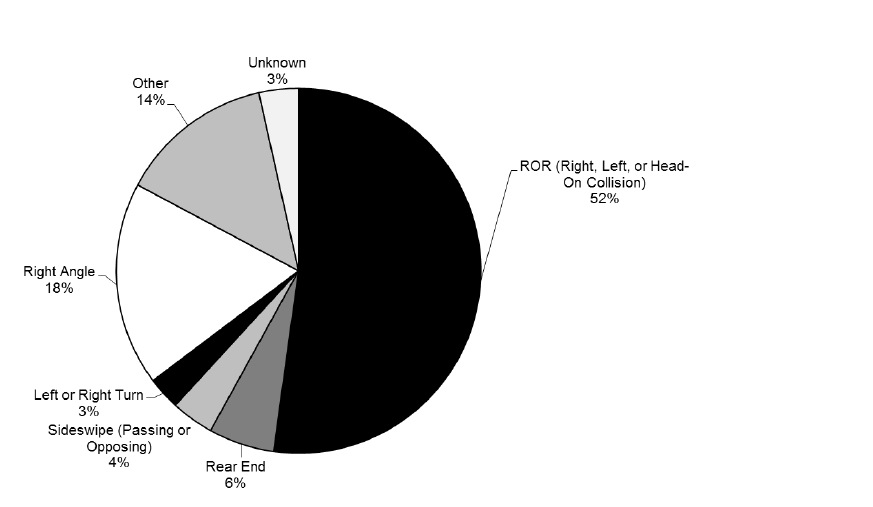
INTELLIGENT TRANSPORTATION SYSTEMS INSTITUTE
UNIVERSITY OF MINNESOTA
While substantial steps have been taken to flatten curves, widen roads/shoulders, impose barriers, and remove collision-prone objects, ROR crashes consistently account for nearly half of all fatal crashes. The introduction of rumble strips to notify drivers of an impending lane departure has spurred other methods of notifying and preventing lane departures via in-vehicle systems (e.g. auditory/visual warnings and haptic/tactile alerts). While these Lane Departure Warning Systems (LDWS) show some promise in successfully warning drivers of impending lane departures, their ability to appropriately capture attention, convey information, and guide an appropriate response must still be refined to consistently prevent ROR crashes.
Follow InfrastructureUSA
Video, stills and tales. Share images of the Infra in your community that demands attention. Post your ideas about national Infra issues. Go ahead. Show Us Your Infra! Upload and instantly share your message.
Is the administration moving fast enough on Infra issues? Are Americans prepared to pay more taxes for repairs? Should job creation be the guiding determination? Vote now!
What do the experts think? This is where the nation's public policy organizations, trade associations and think tanks weigh in with analysis on Infra issues. Tell them what you think. Ask questions. Share a different view.
The Infra Blog offers cutting edge perspective on a broad spectrum of Infra topics. Frequent updates and provocative posts highlight hot button topics -- essential ingredients of a national Infra dialogue.
It is encouraging to finally see clear signs of federal action to support a comprehensive US infrastructure investment plan.
Now more than ever, our advocacy is needed to keep stakeholders informed and connected, and to hold politicians to their promises to finally fix our nation’s ailing infrastructure.
We have already engaged nearly 280,000 users, and hoping to add many more as interest continues to grow.
We require your support in order to rise to this occasion, to make the most of this opportunity. Please consider making a tax-deductible donation to InfrastructureUSA.org.
Steve Anderson
Managing Director
SteveAnderson@InfrastructureUSA.org
917-940-7125